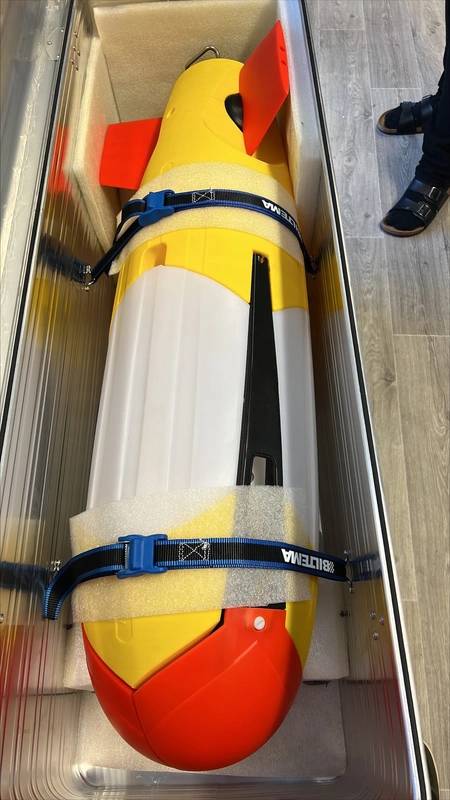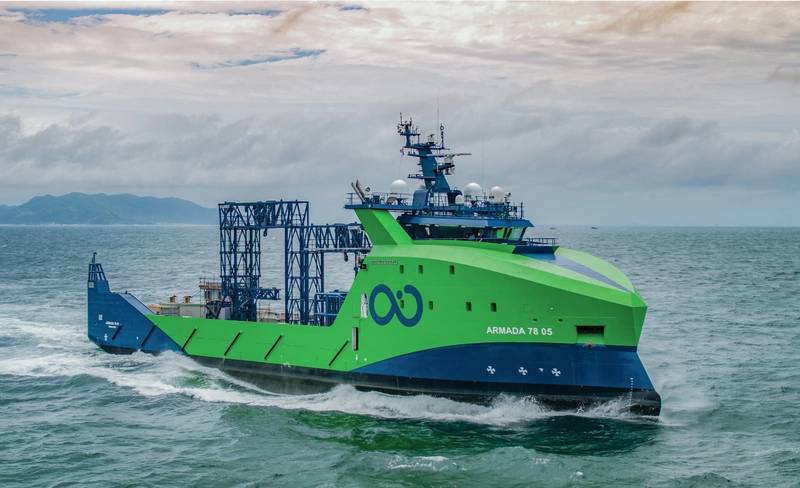
Autonomous Survey Technology: Cutting the Umbilical
The ocean floor is a vast and mysterious place, with much still to be discovered. But for those who seek to explore it, the challenges are numerous. One of the biggest hurdles is the need for umbilical cables, which connect underwater vehicles to the surface, providing power and communication. But what if these cables could be cut, freeing underwater vehicles to roam freely?
This is the vision of companies like iDROP, which is developing autonomous ocean bottom nodes (OBNs) that can deploy themselves on the seafloor without the need for ROVs or umbilical cables. These nodes use acoustics to communicate with each other and with the ship, allowing them to navigate and produce high-resolution seismic datasets.
 Autonomous ocean bottom nodes (OBNs) like these could revolutionize the way we explore the ocean floor.
Autonomous ocean bottom nodes (OBNs) like these could revolutionize the way we explore the ocean floor.
The benefits of autonomous OBNs are numerous. They can reduce the cost and complexity of offshore operations, while also increasing the speed and efficiency of data collection. And with the ability to scale up or down depending on the needs of the operation, they offer a flexibility that traditional methods can’t match.
But iDROP is not alone in this space. Companies like Ocean Infinity are also developing autonomous OBNs, which they claim can outperform traditional ROV-positioned OBNs. And with the ability to integrate with other autonomous systems, such as surface robots and AUVs, the possibilities are endless.
 Andrew Galbraith, Managing Director of Ocean Infinity, sees a future where geotechnical drilling and sampling will evolve towards fully autonomous operations on the seafloor.
Andrew Galbraith, Managing Director of Ocean Infinity, sees a future where geotechnical drilling and sampling will evolve towards fully autonomous operations on the seafloor.
The Future of Autonomous Operations
As autonomous technology continues to advance, we can expect to see even more innovative applications in the offshore industry. From autonomous drilling and sampling to fully autonomous vessels, the possibilities are endless.
And with the increasing focus on sustainability and reducing emissions, autonomous operations could play a key role in reducing the environmental impact of offshore operations. With the ability to operate without the need for human intervention, autonomous systems can reduce the risk of accidents and minimize their carbon footprint.
 Ocean Infinity’s Armada vessel is just one example of the innovative autonomous systems being developed for the offshore industry.
Ocean Infinity’s Armada vessel is just one example of the innovative autonomous systems being developed for the offshore industry.
In conclusion, autonomous survey technology is poised to revolutionize the way we explore and operate in the ocean. With its ability to reduce costs, increase efficiency, and minimize environmental impact, it’s an exciting time for the offshore industry.
Micron Technology and the Future of AI Chips
In other news, Micron Technology is set to release its third-quarter earnings report for the 2024 fiscal year. The company is expected to report a profit for the quarter, driven by strong demand for its AI chips. With its ties to Nvidia, Micron is well-positioned to capitalize on the growing demand for AI-powered technology.
Micron Technology is a leader in the development of AI chips, and is expected to report a profit for the quarter.
Travel and Tourism News
In travel and tourism news, Saint Lucia is boosting the tourism industry with a new visa-free entry policy. The island nation is hoping to attract more visitors with its stunning natural beauty and rich cultural heritage.
 Saint Lucia is a popular destination for travelers, with its stunning natural beauty and rich cultural heritage.
Saint Lucia is a popular destination for travelers, with its stunning natural beauty and rich cultural heritage.
And in hotel news, Shama Hub has debuted a new era of creative and adaptable living with its latest development. The hotel chain is known for its innovative approach to hospitality, and this latest development is no exception.











